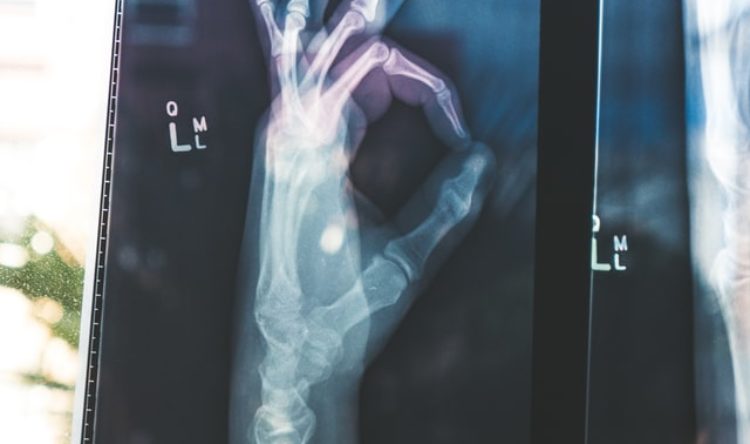The UK public’s huge blind spot when it comes to road safety: tyres
British drivers are potentially putting themselves in danger over the winter months thanks to ignorance around tyre safety, according to analysis by AA Cars, the AA’s used car website
- (62%) of Brits guessed incorrectly or simply didn’t know the correct legal minimum tyre tread depth for cars in the UK
- (56%) weren’t aware that the maximum fine for driving on worn-out tyres was £2,500 and three penalty points
- These worrying statistics become even more pressing as the roads get more dangerous during the winter months
- AA Cars warning to consumers as used cars sometimes sold with much older tyres fitted
Many UK drivers could find themselves facing legal trouble for their lack of knowledge – over half (62%) of Brits guessed incorrectly or simply didn’t know the correct legal minimum tyre tread depth for cars in the UK. Six in 10 (56%) also weren’t aware that the maximum fine for driving on worn-out tyres was £2,500 and three penalty points.
There’s further ignorance when it comes to used tyres, as 7% of motorists believe that used tyres are just as safe as new equivalents. As well as this, one in five (21%) drivers believe that most used tyres sold in the UK comply with regulations. In reality, the vast majority (98%) of secondhand tyres probably don’t.
One in five (19%) drivers have bought used tyres in the past and while 10% would never buy part-worns again, a further one in eight (13%) plan to do so in the future. A third (33%) of drivers believe that they are either more cost-effective than new ones or just don’t know whether new or used tyres offer better value.
AA Cars offers advice on checking the tyres when buying a new car:
- Car buyers should be mindful that, in the past, nearly-new and used cars have been found to have been fitted with much older tyres.
- Taking a look at the dot code on the sidewall of the tyre can give you an indication of how old the tyres are – the last four digits of this code can tell you, respectively, what week and year the tyre was created.
- Since it’s often hard to discern whether tyres are up to scratch when you head down to the forecourt, the ‘20p test’ will help to establish – at a glance – the depth of tread left on the tyres; it’s also worth taking a pressure gauge, or asking for a gauge at the forecourt, to see if the car’s tyres are correctly inflated.
James Fairclough, CEO of AA Cars comments: “Despite some really effective campaigns from the likes of TyreSafe warning consumers about the dangers of secondhand tyres in recent years, it’s clear that a number of prevailing myths about part-worns continue to underpin their sales.
“The safety case for buying new tyres over used ones has been well-documented but drivers must understand the argument that part-worns offer better value for money is a fallacy too. Secondhand tyres might boast cheaper price points than new ones, but the tread left on these tyres is typically materially less, meaning you’ll be looking for yet more replacements in no time at all. It’s also worth considering that a large proportion of the secondhand stock in the UK actually fails to meet the minimum legal safety standards.
“If you see any bumps or bulges in the sidewall of the tyre, it’s important that you don’t drive away from the dealer, as these aren’t roadworthy and can be very dangerous to drive on. While some of these tyre deformities can be spotted straightaway, for extra peace of mind it might be worth considering a pre-sale vehicle inspection since not all issues are immediately apparent.”





